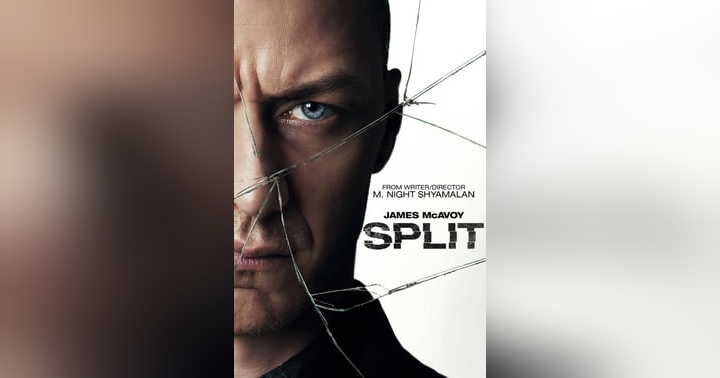Trust the Séance

“These vampires were corpses, who went out of their graves at night to suck the blood of the living, either at their throats or stomachs, after which they returned to their cemeteries. The persons so sucked waned, grew pale, and fell into consumption; while the sucking corpses grew fat, got rosy, and enjoyed an excellent appetite. It was in Poland, Hungary, Silesia, Moravia, Austria, and Lorraine, that the dead made this good cheer.”
- Voltaire – Philosophical Dictionary (1764)
The year was 1731 and the Austrian government ordered an investigation into a case of rampant mass hysteria gripping the small village of Medvegja. Five years prior, in 1726, a local citizen and military infantryman by the name of Arnold Paole, had died after falling off a hay wagon.
Before his death, Paole had intimated that he’d been bitten by a vampire while stationed near Gossaw, in Turkish Serbia. He’d attempted to reverse the curse by smearing himself with mud from the vampire’s grave, and with the vampire’s blood. The word Vampir itself is originally of Serbian origin, connected to a bloodthirsty and evil supernatural entity.
After Paole’s death, villagers stated that they had seen the deceased man rise from his grave and kill four people. Believing the man to be a vampire, they disinterred his body forty days after death, and due to the fact that he was still relatively undecayed, it lent further “credibility” to the theory that Paole was a vampire.
So they did what any superstitious villager in 1726 would do, they drove a stake through the heart of the corpse and burned the body. To be thorough, they also did the same to the bodies of the four supposed victims, to ensure that they too wouldn’t rise from the grave to feast on the living.
Despite these precautions, a dozen or more people died of mysterious circumstances in the years leading to 1731, and the village all blamed Paole. It was one Johannes Fluckinger, a military field surgeon, who initially made the report, corroborating the villager’s claims. It was here that the Serbian term Vampir officially entered the public lexicon.
His “scholarly” article, confirming the existence of vampires, quickly spread throughout Europe, making its way both to international journals as well as the imaginations of the fashionable set. The idea even caught the attention of scientists, philosophers, and academia of the day. This hysteria, which came to be known as the “18th -Century Vampire Controversy”, raged for the next one hundred years, even continuing in to the late 19th – Century with the “Great New England Vampire Panic.”
During this period which was known as the “Age of Enlightenment”, villagers across Europe were digging up the bodies of suspected vampires, driving stakes through their hearts, or beheading them. As stated, even high ranking politicians and those in academic circles were swept up in the vampire craze, ordering corpses to be exhumed for further examination and precautions.
In 1746, a well respected French theologian and scholar published a comprehensive treatise in which he implied that vampires did, in fact, exist. By this time, the notion of the vampire had become reality, almost to the point of being considered mainstream science. Likewise, it was during this period that our modern interpretation and obsession with the vampire came into existence, largely influenced by the strange tale of Arnold Paole.
Now, in the 21st -Century, we realize that the vast majority of these mysterious cases could be attributed to malnutrition, consumption, and a mass outbreak of tuberculosis among other natural ailments. Surely, in this age of major advancements in medicine and science, the public can no longer be swept up into such superstitious and ghastly hysteria… Or could they?
For much more on the long history of vampire folklore, as well as modern interpretations in literature and film, please be sure to check out the latest episode of the HORROR TO CULTURE podcast, where we have an in depth discussion on the thirsty undead: https://www.horrortoculture.com/horror-to-culture-19/
======
Michael A. Dyer is the host o the HORROR TO CULTURE podcast and website.


